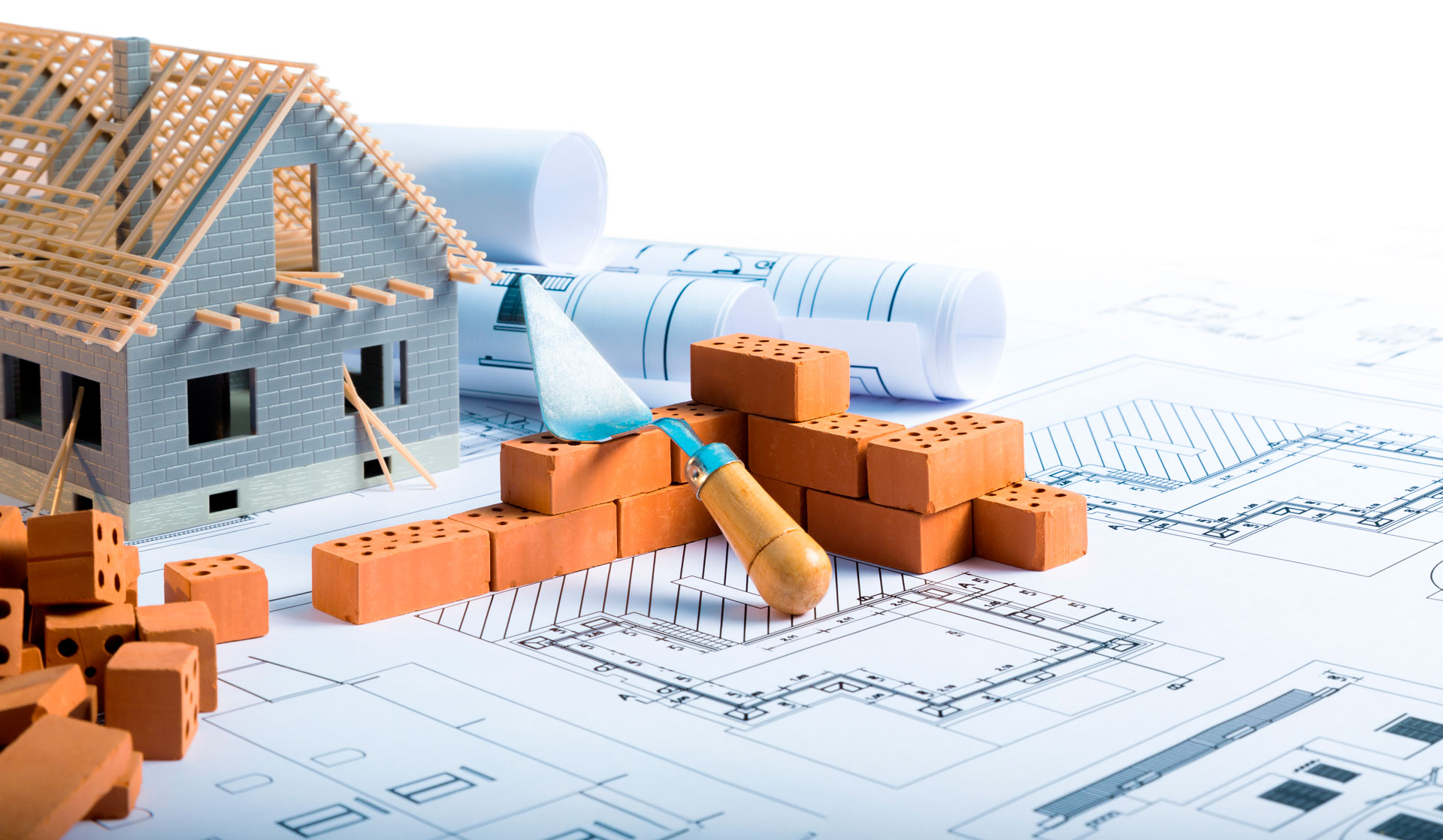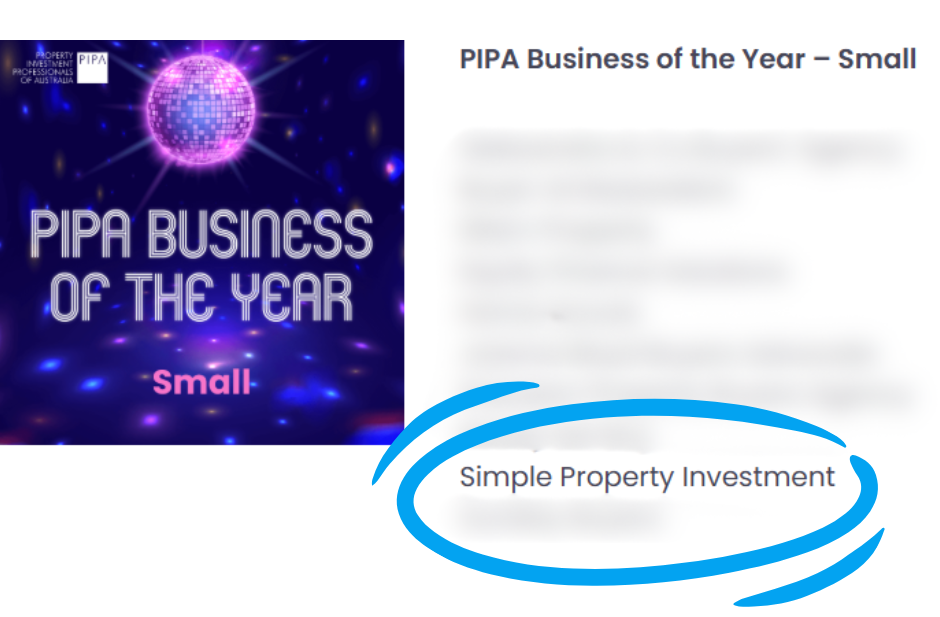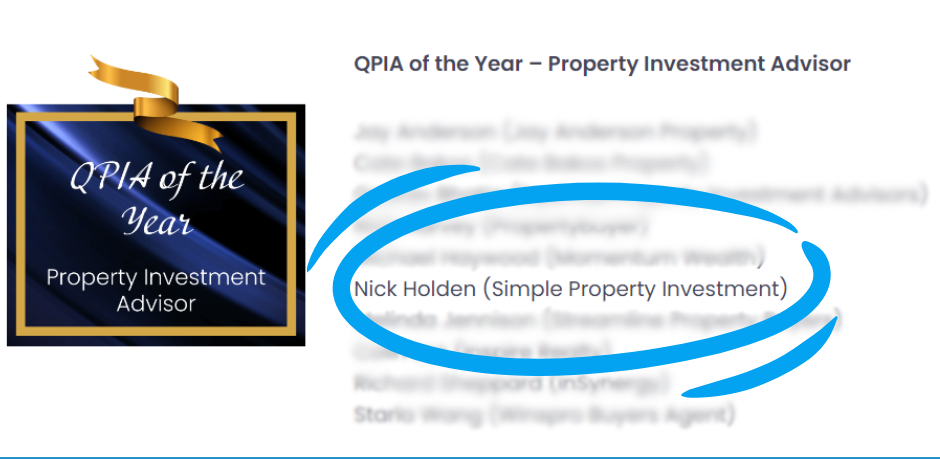While, right now, it might feel like we’ve weathered the worst of the pandemic, there is still plenty of fallout to deal with. One industry that’s finding things logistically challenging is construction, and the troubles could be set in for some time.
So, given all the hurdles, why would anyone proceed with building a new investment property at the moment?
Well, I have a few very good reasons why smart investors will stay the course despite all that’s happening.
The challenges
You’ve probably read the stories about the way border shutdowns and outbreaks both here and abroad have played havoc with supply chains.
First up, securing materials for construction has been a nightmare. Businesses crippled in other countries have created extreme shortages. Locally, we just haven’t had the capacity to fill the gaps for supplies that were once provided by inexpensive overseas producers.
And even if you can get the materials, having them shipped to where you’re building has been a nightmare. Wait times for deliveries have blown out – as have freight charges. In some instances, a full shipping container has virtually quadrupled in cost.
And then there’s the availability of labour. The construction boom has fuelled demand for both head contractors and their subbies. Whereas a year or two back you could sign a contract and get the home started within a matter of weeks, nowadays you may have to wait months, even a year, to see soil turned.
As timeframes blow out, cashflow for builders dries up – they can not make the progress claims as promptly as they used to. The ‘old normal’ was a three-week timeframe between slab claim and frame stage, but by the end of 2021 it’s been up to three months. Builders are paying their suppliers well ahead of getting paid themselves, which is a tough position for a small business to be in.
The delays have been exacerbated by the titling of new lots too. Demand for land has been so high that entire stages of new estates are usually snapped up well before a single machine has arrived on site. This has slowed the land registration process enormously, making it even harder to schedule a build.
Then there’s the problems for builders who signed fixed-price contracts prior to the unprecedented rise in the cost of materials and labour. Many have gone belly up, further reducing the availability and future capacity of builders.
I know it’s not a rosy picture I’m painting but hear me out. It still makes sense to invest in new-builds if you apply a few strategies and have the right mindset.
Long-term works best
Get this straight in your thinking immediately – time out of the market costs you money.
When you read a building contract and realise the cost of construction has risen by $30,000 to $50,000 in the space of a year, try and put that in perspective. This is a moment in time, and your insurance policy is owning a piece of land. In the near term, costs will likely continue to rise, but guess what – so will your property’s value!
Owners who are flinching at that added build cost have also probably made a healthy five to six figure increase in equity during that time because of capital gains.
And the same applies to those who are about to take the plunge. There are no signs of property values going backwards. It’s better to be in on the market immediately and enjoying the gains, than sitting on the sidelines waiting for costs to come down.
I heard a story from an old hand in the real estate game the other day. He said that when he started as a cadet back in early 90’s, on his first day he noticed a poster on the office wall of an old bloke with a walking stick which read, “This is the young man who waited for the price of property to drop before he bought.” He said that the same thing applies today despite our strong markets.
Work with the builder
For those about to build, make certain you’re working with a quality builder. Those contractors who build homes finished to high standard and designed to attract tenants are your tickets to better outcomes. Not only will a quality build mean less maintenance, but tenants will be beating a path to your door. Maximising rental income while minimising outgoings is a recipe for success.
And for anyone who’s investment property is already under construction, here’s another piece of advice if your builder is starting to look a little nervous.
In many instances, builders on fixed-price contracts are doing it tough. In fact, costs have risen so much and so quickly, that their contingency and profit margin doesn’t cover the increases. In this instance, proceeding with the build makes no sense – they would be working to make a guaranteed loss!
There is a clause in most contracts that’s a safety net for these circumstances. It allows a builder to come back and renegotiate the contract price if their costs go up by a certain percentage (usually around five per cent).
As a client, your first reaction might be to tell them to go jump – it’s their problem… isn’t it?
I’m saying that, as the owner, it’s your problem too. Unless you can find a solution, the builder will fold, and you’ll be stuck with half a house. Worse still, I guarantee the next builder will gouge you on their quote to complete the project.
Instead, talk to the builder, find a compromise and get the job done. Good builders will not call in this cost-blowout clause unless they absolutely must. So, work as a team to get the project completed. The long-term gain will be well worth the short-term pain.
Remember – all investment has risk. Whether it’s stock markets, cryptocurrencies, small business or property. Just keep things in perspective and be prepared to ride the lows so you can enjoy the highs and reap the rewards.
Would you like to know how we can help you?
Contact us for a free, no-obligation chat.













